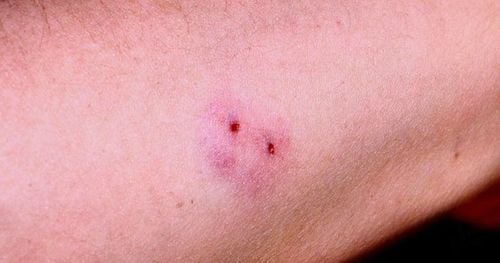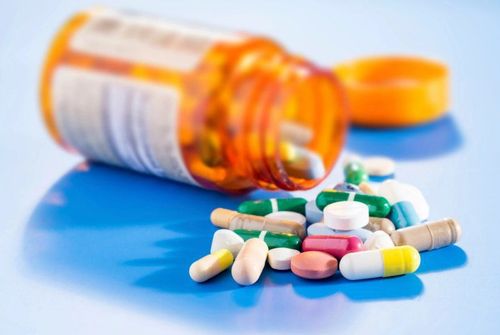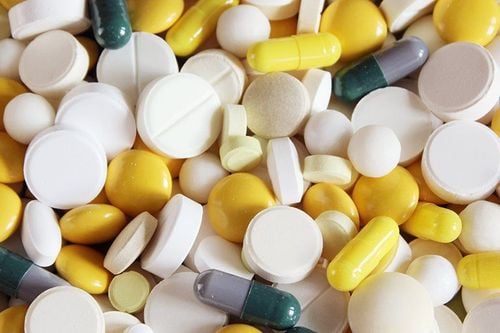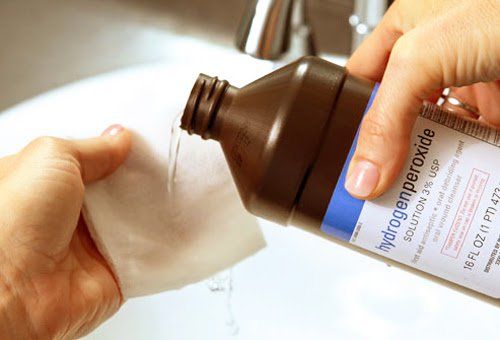This is an automatically translated article.
The article was professionally consulted by Specialist Doctor I Huynh Kim Long - Emergency Resuscitation Doctor - Emergency Resuscitation Department - Vinmec Da Nang International General Hospital. Dr. Huynh Kim Long has extensive experience in the treatment of Resuscitation - Emergency and Acute Stroke in adults.The wound antiseptic solution is very familiar in the family medicine cabinet. However, in order to properly use the wound antiseptic solution, the following should be noted.
1. Common types of wound antiseptic solutions
Antiseptics are chemicals used on the skin to fight infection. Antiseptics are usually in the form of water and are used to wash the wound. Skin antiseptics are only used when the skin is slightly damaged (such as when falling and being scratched), but not when the wound is too deep (such as when being stabbed by a sharp object causing bleeding) and even less. Never use antiseptic when burned.1.1. Alcohol The type of alcohol commonly used to disinfect wounds is 70 degrees alcohol. Above 70 degrees, alcohol will not have the effect of killing bacteria.
Alcohol is often used in cases of disinfecting tools, disinfecting before injecting drugs, disinfecting wounds,...
Alcohol should not be drunk and allowed to get into the eyes.
1.2. Iodine tincture This is a mixture of alcohol and iodine. The amount of alcohol in this mixture usually only works to dissolve iodine, and it is the iodine that is responsible for oxidizing the wound, killing the fungus on the skin, and from there, the iodine tincture has a new effect. bactericidal use.
1.3. Betadine antiseptic solution Wound antiseptic solution is prepared with an organic complex that contains 10% Povidone - Iodine with different concentrations. Iodine component when combined with Povidine, applied directly to the wound will release free iodine and have the effect of killing bacteria and fungi harmful to the body.
1.4. Hydrogen peroxide The nature of hydrogen peroxide is a colorless solution of hydroperoxide (H2O2) in water with different concentrations. When using hydrogen peroxide on the wound, we often see the phenomenon of bubbling. That is, when injured, blood and cells secrete the enzyme catalase with the effect of catalyzing the reaction that breaks H2O2 into water and new cells are produced. The white foam is the newly created oxygen gas. This nascent oxygen has a very strong oxidizing effect, damaging the bacterial cell membranes, DNA and some other essential components of the bacterial cell.
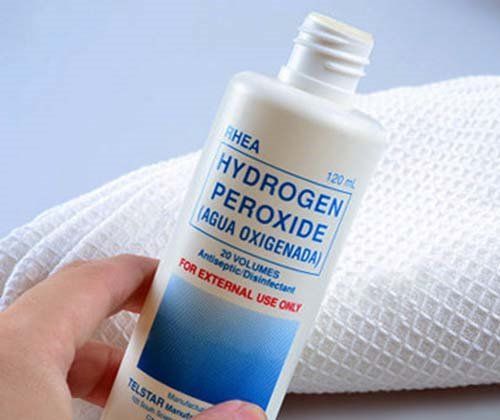
2. Notes to know when using wound antiseptic solution
2.1. For alcohol and iodized alcohol, 90-degree alcohol does not have a high bactericidal effect like 70-degree alcohol. High concentrations of alcohol inadvertently create an outer coating that protects the inside of bacteria from the effects of alcohol. In addition, higher alcohol is very volatile, so it also reduces the effectiveness of disinfecting the floors used later. As for iodized alcohol: this is a very strong antiseptic that destroys organic matter, especially our skin. Therefore, you should note: Do not use iodine alcohol solution with a concentration of more than 5% to disinfect; Limit use on facial skin, sensitive skin and should only be used for skin wounds, not for deep, open wounds. 2.2. How to use betadine antiseptic solution Betadine should not be used by pregnant and lactating women. Need to consult a doctor if you want to use; Ask your doctor about the use of betadine in children under 6 months of age; Patients with hypertension, thyroid disorders, radioactive iodine therapy should not use this solution; Do not use with patients with chronic dermatitis Duhring's herpes and people with goiter; When experiencing side effects such as itching, redness, blisters, ... should stop using and need to see a doctor.
Please dial HOTLINE for more information or register for an appointment HERE. Download MyVinmec app to make appointments faster and to manage your bookings easily.





